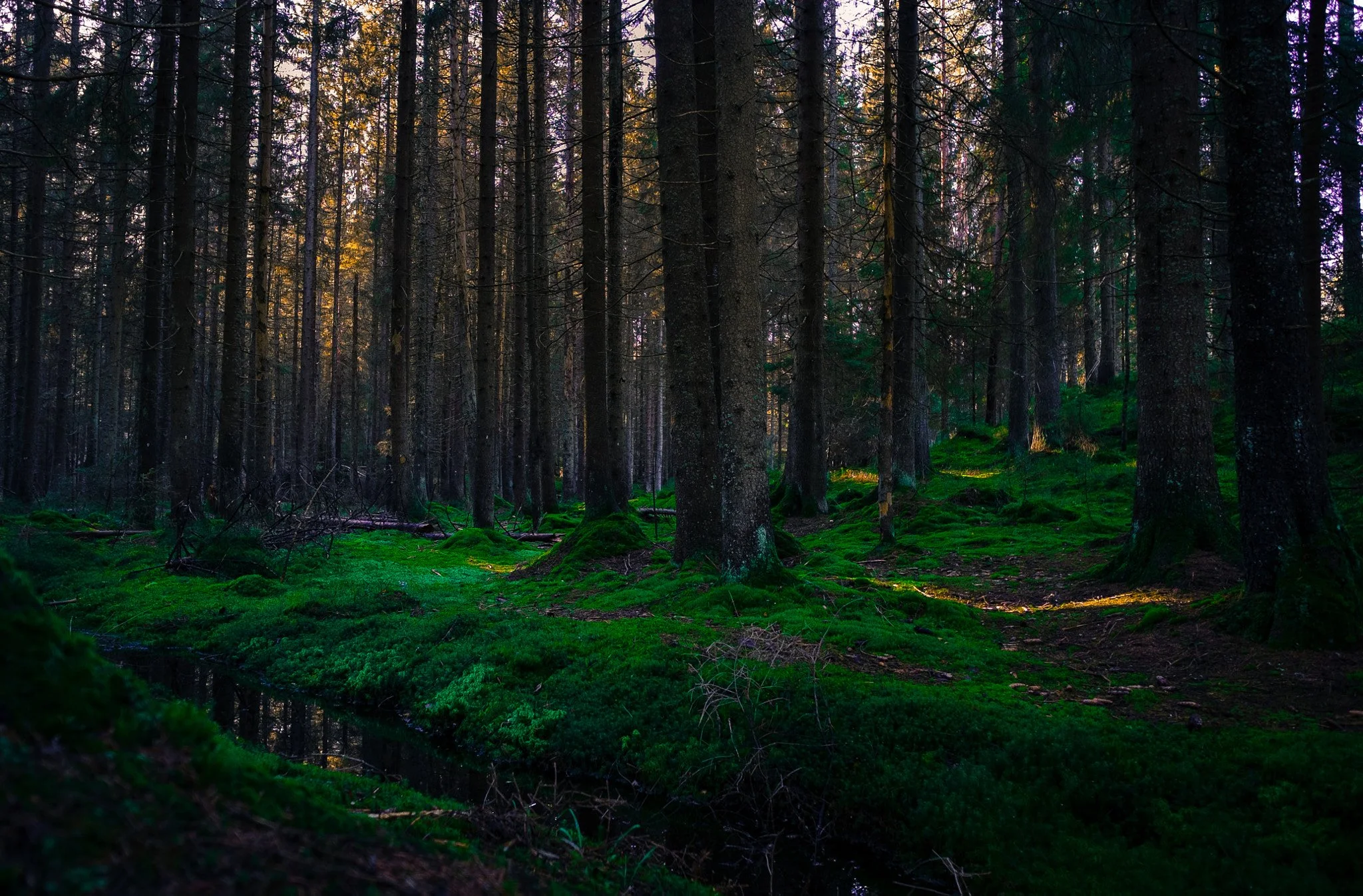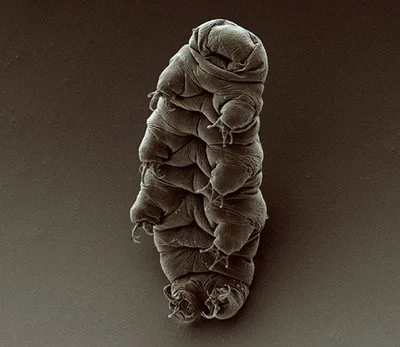The gang discusses two papers that look at the impact of humans on bird populations. The first paper looks at the history of a condor nesting site in the Andes, and the second paper looks at the impact of artificial light on the circadian rhythms of urban bird populations. Meanwhile, James is highly engaged, Curt tries to sell some property, Amanda finds something slightly more horrifying, and everyone is in the presence of ALAN.
Up-Goer Five (Curt Edition):
The friends look at how people have made life different for small animals that fly in the air and some of them make sweet sounds. The first paper looks at the home for one type of these animals that is pretty big and eats things that are dead. These animals have been using this home for a really long time, and we can look at their shit (yes this is the only word I can use) to see what they ate in the past and also see how long they have been there. A long time ago, their shit shows that they ate a lot of things from the big blue wet thing, probably lots of big animals that have hair and move through the water. When people started to kill these big animals, these animals that fly started to eat less of them. We can even see when these animals started to eat things that people from across a different big blue wet thing brought with them to eat. This shows that these homes are used for very long time, and so making sure that these animals can get to these homes and that the homes are safe is important to keeping them living.
The second paper looks at how some small animals that fly sleep and if being in a city makes these animals sleep at different times or for longer or shorter. The idea is that the city has a lot more light than the woods and can make it harder to get to sleep. The paper looks at these animals living in the woods and animals living in the city. It first looks at their homes to see how much time they spend in their homes. They find that both groups of animals spend about the same time in their homes. City animals get out of their homes earlier in the day, but that seems to be that they are also setting up their home earlier in the year and need to get out to get stuff for the home. They then take these animals and they put them in a dark room to see how much they move with no change in light. They find the woods animals start moving less right away, but the city animals take longer before they start moving less. This could be because the room has low light and the animals from the city are more used to that, or it could be that the animals from the city are more used to being in bad spots. Either way, it shows that these animals are showing changes to work around the light from the city.
References:
Duda, Matthew P., et al. "A 2200-year record of Andean Condor diet and nest site usage reflects natural and anthropogenic stressors." Proceedings of the Royal Society B 290.1998 (2023): 20230106.
Tomotani, Barbara M., Fabian Timpen, and Kamiel Spoelstra. "Ingrained city rhythms: flexible activity timing but more persistent circadian pace in urban birds." Proceedings of the Royal Society B 290.1999 (2023): 20222605.

















